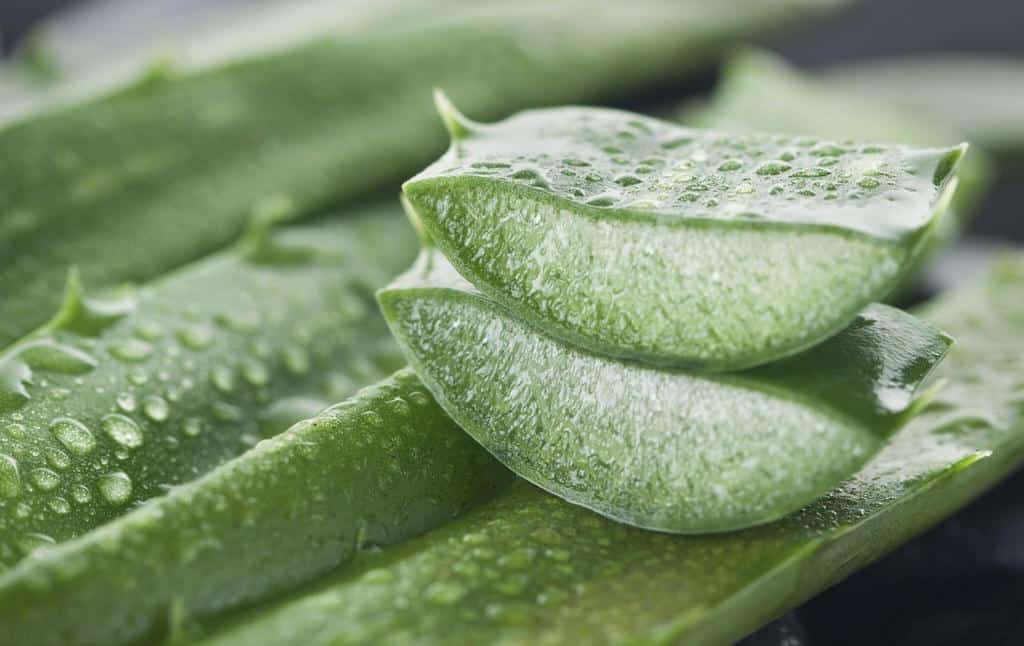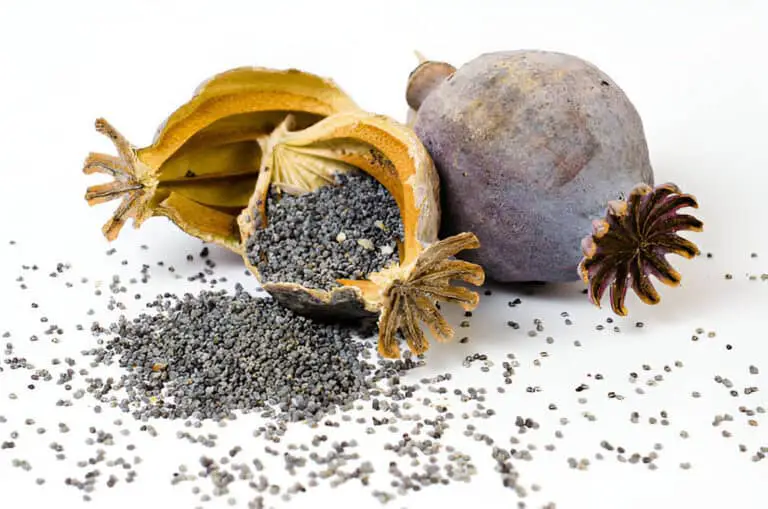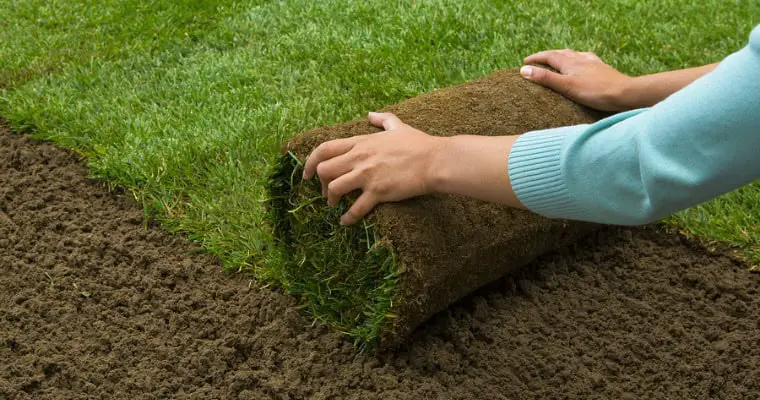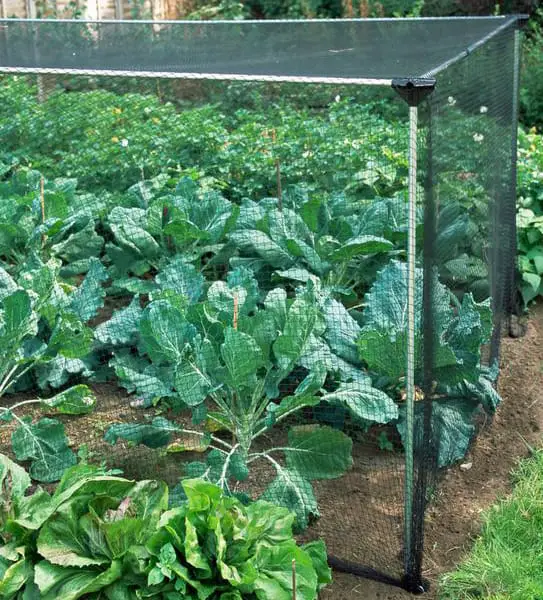How Do You Keep Aloe Vera Alive after Cutting? (Replanting and Maintaining)

Aloe vera is a well-known succulent plant. It has been used for thousands of years because it is good for your health. Its thick, fleshy leaves contain a gel. The gel is used to treat many skin conditions, like burns, cuts, and sunburns. Aloe vera is easy to care for and can thrive in a variety of environments.
If you’re lucky enough to have an aloe vera plant at home, you might be tempted to cut off a leaf to access the soothing gel inside. But once you’ve taken a leaf from your aloe vera plant, how do you keep the rest of the plant alive?
In this article, we will discuss how to care for your aloe vera plant after cutting and ensure that it continues to thrive.
Why Cut an Aloe Vera Plant?

You should know why you might want to cut your aloe vera plant. Let’s talk about how to keep it alive after cutting it. The most common reason for cutting an aloe vera plant is to use its gel for medicinal purposes. The gel inside the aloe vera plant is packed with vitamins, minerals, and antioxidants that are known to have a variety of benefits for the skin and body.
To extract the gel, you need to cut off one of the plant’s leaves and slice it open. The gel will be inside the leaf, and you can scoop it out with a spoon or your fingers. However, cutting off a leaf can damage the plant and cause it to wilt if not done correctly.
Another reason to cut an aloe vera plant is to grow more. This involves removing a healthy leaf and planting it in soil grow a new plant after cutting. Also, cutting off dead or damaged leaves can help the plant. It can focus its energy on growing new, healthy leaves.
How to Cut an Aloe Vera Plant
To cut an aloe vera plant correctly, you will need a sharp, clean knife or scissors. Here are the steps to follow:
- Choose a mature leaf that is at least four inches long and thick.
- Sterilize your knife or scissors by wiping them with rubbing alcohol.
- Cut the leaf off the plant as close to the stem as possible.
- Rinse the leaf under cold water to remove any dirt or debris.
- Place the leaf on a cutting board, and cut off the sharp edges on both sides.
- Cut the leaf into smaller sections to make it easier to handle.
- Slice each section lengthwise to expose the gel inside.
| Read: Can You Cut the Lower Leaves of Zucchini Plant Without Harming It? |
How to Care for an Aloe Vera Plant After Cutting
Now you have cut off a leaf from your aloe vera plant. It’s time to care for the plant to keep it thriving. Here are some tips to follow:
1. Let the Cut Heal
After cutting off a leaf from your aloe vera plant, you need to let the cut heal before doing anything else. The cut will naturally seal itself off, preventing the plant from losing too much moisture. You can speed up the healing process by placing the cut end of the leaf in a jar of water for a few hours. This will help the plant absorb water and nutrients and encourage the cut to heal faster.
2. Choose the Right Soil
Aloe vera plants require well-draining soil to thrive. If the soil is too dense or doesn’t drain well, the roots can become waterlogged and rot. Use a cactus or succulent mix that has sand, perlite, or vermiculite when you repot your aloe vera plant. These materials will help the soil drain well and prevent the roots from becoming waterlogged.
3. Provide Adequate Sunlight
Aloe vera plants require plenty of sunlight to grow and thrive. They should be placed in a sunny location where they can receive at least six hours of direct sunlight each day. However, if you live in an area with hot, intense sunlight, it’s best to place your aloe vera plant in a location where it can receive partial shade sunlight. Direct sunlight can cause the leaves to turn brown and scorch.
4. Water Sparingly
Aloe vera plants are adapted to survive in dry, arid conditions and don’t require much water. Overwatering can be a common problem that can cause the roots to rot and the plant to die. Water your aloe vera plant sparingly and only when the soil has completely dried out. To check the soil’s moisture level, stick your finger into the soil about an inch deep. If the soil feels dry, it’s time to water your plant.
5. Fertilize Occasionally
Aloe vera plants don’t require much fertilizer, but a light feeding can help them grow and thrive. Use a fertilizer made for cacti and succulents and use it the way it says on the package, wood ash fertilizer is recommended. Avoid over fertilizing, as this can cause the leaves to become brown and scorch.
6. Prune as Needed
If your aloe vera plant becomes too large or overgrown, you may need to prune it back. Use a clean, sharp knife or scissors to cut off any damaged or dead leaves. Pruning can help stimulate new growth and keep your plant looking healthy and attractive.
7. Protect from Frost
Aloe vera plants can’t handle freezing temperatures and will be hurt or die if they are exposed to them. If you live in a cold area, bring your aloe vera plant indoors or cover it with a frost blanket. This will protect it from frost damage.
| Check out: Will Broccoli Grow Back After Being Cut? |
Choosing a Suitable Pot and Soil for Replanting Aloe Vera
When it comes to replanting an aloe vera cutting, selecting the right pot and soil is crucial for the plant’s long-term health and growth. The size of the pot you choose will depend on the size of your cutting. Keep in mind that aloe vera plants grow relatively slowly and don’t require a lot of space, so a small pot is often sufficient. However, the pot should still provide enough room for the roots to spread out.
In terms of material, a clay or ceramic pot is an excellent choice for an aloe vera plant. These types of pots are heavy and sturdy, providing a stable base for the plant to grow on. They also absorb moisture, which can help prevent overwatering. If you prefer a plastic pot, make sure it’s a good-quality one that won’t crack or break easily.
Aloe vera plants need soil that drains well. It lets excess water flow out of the pot. Using a soil mix that’s too heavy or dense can cause root rot, which can be fatal for the plant. A good potting mix for aloe vera should be loose and airy, with a mix of sand or perlite to improve drainage.
You can create your own aloe vera potting mix by combining equal parts of perlite, sand, and potting soil. You can also buy a cactus or succulent mix that is already made and good for aloe vera plants. Avoid using garden soil for your aloe vera plant. It’s too heavy and can contain harmful pathogens.
Conclusion
Cutting an aloe vera plant is a great way to extract the gel inside and enjoy its many health benefits. However, it’s essential to care for the plant properly. This will ensure that it continues to thrive after being cut. Follow these tips. They will keep your aloe vera plant healthy and beautiful. You can enjoy its many benefits for years to come.
Remember to let the cut heal. Choose the right soil. Give enough sunlight. Water a little. Fertilize some. Prune as needed. Protect from frost. With proper care and attention, your aloe vera plant will continue to grow and thrive for many years to come.






